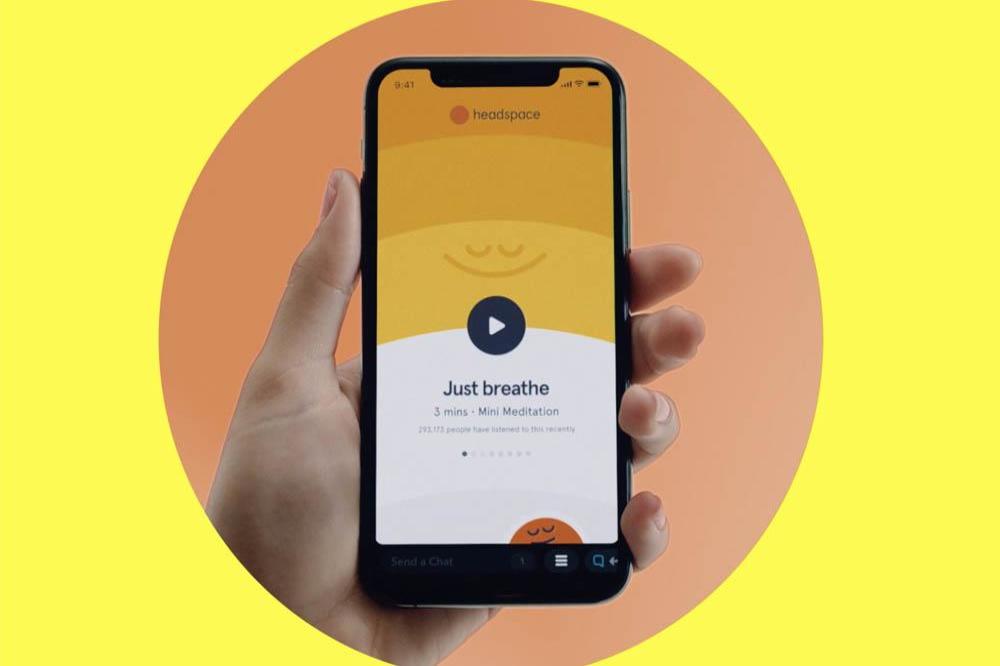As parents, we encounter stories every day about the risks facing our kids online. Be it cyber bullying, inappropriate content, or developing damaging habits – opening up the world via their device or even the family laptop seems like a dangerous thing.

Get wise: taking responsibility for your kids’ online wellbeing
We are advised that we should monitor everything our children do online. But how do we do that without invading their privacy? Is it even possible? When our “kids” are, in fact, young adults – how do we provide the essential protection they need?
Young people are often miles ahead of their parents when it comes to understanding how new technology works. But that doesn’t necessarily mean that they understand all the risks, or how to behave in a way that keeps everyone safe. That’s where parental responsibility comes into play.
The best way to arm yourself against unknown risks is with education. This article aims to guide you through some of the most powerful risks – how they impact your family, and what you can do to make a difference.
Experiencing problem behaviour on social networks
The risk: In the UK, one in four young people have experienced something upsetting on a social networking site. One in eight has been bullied online. And yet only 22% of those young people talked to someone about what they had experienced.
The impact: There is a growing recognition that the increase in social media use and the increase in mental illness amongst young people over the past five to ten years is no coincidence. Young people subjected to bullying, social exclusion, racism, homophobic abuse or inappropriate content are at risk of depression, anxiety, eating disorders or social isolation. If an atmosphere of open discussion is present in the family, these issues can be addressed before they become life-threatening.
Your responsibility: Young people are most likely to be using WhatsApp, Snapchat and Instagram to connect with their social groups. Parents are more likely to be on Facebook and Twitter. If you don’t use the same apps, chances are you don’t really understand how they work. You need to be able to check they are suitable for your child’s age group (the companies have legal obligations to block underage users). And you should know how to access them, and the potential interactions your children are making.
Instagram’s parent zone is something you should study carefully. You will learn about Stories, Feed, Live, IGTV and Direct – did you know there were that many different ways to connect? You’ll learn that the minimum user must be 13 years of age. You’ll learn about their security policies, and the fact that you should have a private account, not a public one. Users can block accounts, hide offensive comments, and even turn off commenting.
Snapchat has a really useful parent’s checklist that explains what the app is, how it’s used, and what to do if there is a problem. You can block and delete friends, as well as easily report abuse or adjust your privacy settings. You should guide your kids to setting their privacy to “My Friends” only, which limits their interactions to people they – and you, if you feel it is necessary – can vet first.
Become a knowledgeable social networks user, and your kids will respect the time you have taken to educate them about keeping safe. If they know it all already? Fine. At least you’re on a level playing field.
Developing damaging habits
Dangerous or damaging habits are especially easy to form online. As your children get older and become more financially independent, they are likely to be exposed to the risks of problem gambling, compulsive shopping and viewing inappropriate content such as porn sites.
Young adults are the age group that is at the highest risk of developing a gambling problem. As a parent, there is plenty of opportunity to intervene before it becomes a problem – i.e. in the teenage years as bad habits are forming. For that reason, we will focus here on online gambling as the highest risk of the damaging habits that can be formed online.
The risk: 55,000 11 to 16 year-olds are classed as problem gamblers. 14% have spent their own money on gambling in the past week, compared with 4% who have smoked cigarettes. With this background, the move to online gambling by the age of financial independence is a real risk. 6% of that age range have already used a parent’s account to gamble online, and 13% have played online gambling games.
The impact: A gambling habit can start as innocently as buying a lottery ticket in hopes of winning a jackpot, but can develop into something very, very dangerous. That said, young people most commonly learn to gamble online via betting on games such as eSports or the trading of skins for virtual currency. These can be used to bet, and converted to real money, even while underage. If this starts to spill into the real world, then young people can experience problems socially, with school or with their mental health.
Your responsibility: If your experience with gambling is limited to a once-a-year bet on the national horse race, you may be blissfully unaware of the hugely prevalent online gambling industry. You need to educate yourself on the issues so that you are prepared. Read a problem gambling guide, so that you can recognise any warning signs your children might display. The first might be that gambling has become a way to pay off a debt, rather than just a form of entertainment.
Then make sure your security settings are such that your children will not be able to access online casinos without your knowledge. These include: download software to block gambling sites; never leave yourself logged into a gaming account; set up separate profiles; and keep your banking information secret.
Keeping personal information private

At school, children will be taught the basics about passwords, personal information and privacy settings. But that’s just a lesson, and it doesn’t mean they actually implement what they are taught. So, you need to know how to manage all of that. If the child is using shared devices, there is another level of complexity that you both need to understand.
The risk and the impact: Young people regularly use the same password across all their online accounts. And as they often share sensitive information such as bank details and copies of their IDs online, they are putting themselves at risk of fraudulent behaviour. In fact, the 16-25 age group are the worst offenders for this online security mistake – proving that they are not leaving school armed with the security knowledge they require.
Younger people may have regular interactions with people that they only know online. They may share similar interests or play online games together. However, they have no idea who these friends are in reality, leaving them vulnerable.
Your responsibility: Set up a password manager app for your child, and make sure everyone in the family is using one. These are usually protected using multifactor authentication (such as a pin and a SMS code) to keep the passwords contained within secure.
Read up on all the essential parental controls for your family’s phones, home computers and games consoles, plus search engines and browsers. You can block specific functions, sites or content. You can monitor usage, and set time limits. You can also set up important security information to protect your banking and personal data – especially important for Xbox and PlayStation networks, that you may not realise your kids are accessing.
Growing up empowered by technology – in a safe way
We can never control everything our children do – and nor should we. Growing up is about trying new things, making mistakes, and learning lessons. And having fun! Technology provides so many opportunities and opens up a world of options. But we need to arm ourselves with information so that we can guide our kids towards sensible decisions and behaviour that won’t negatively impact themselves or others.

